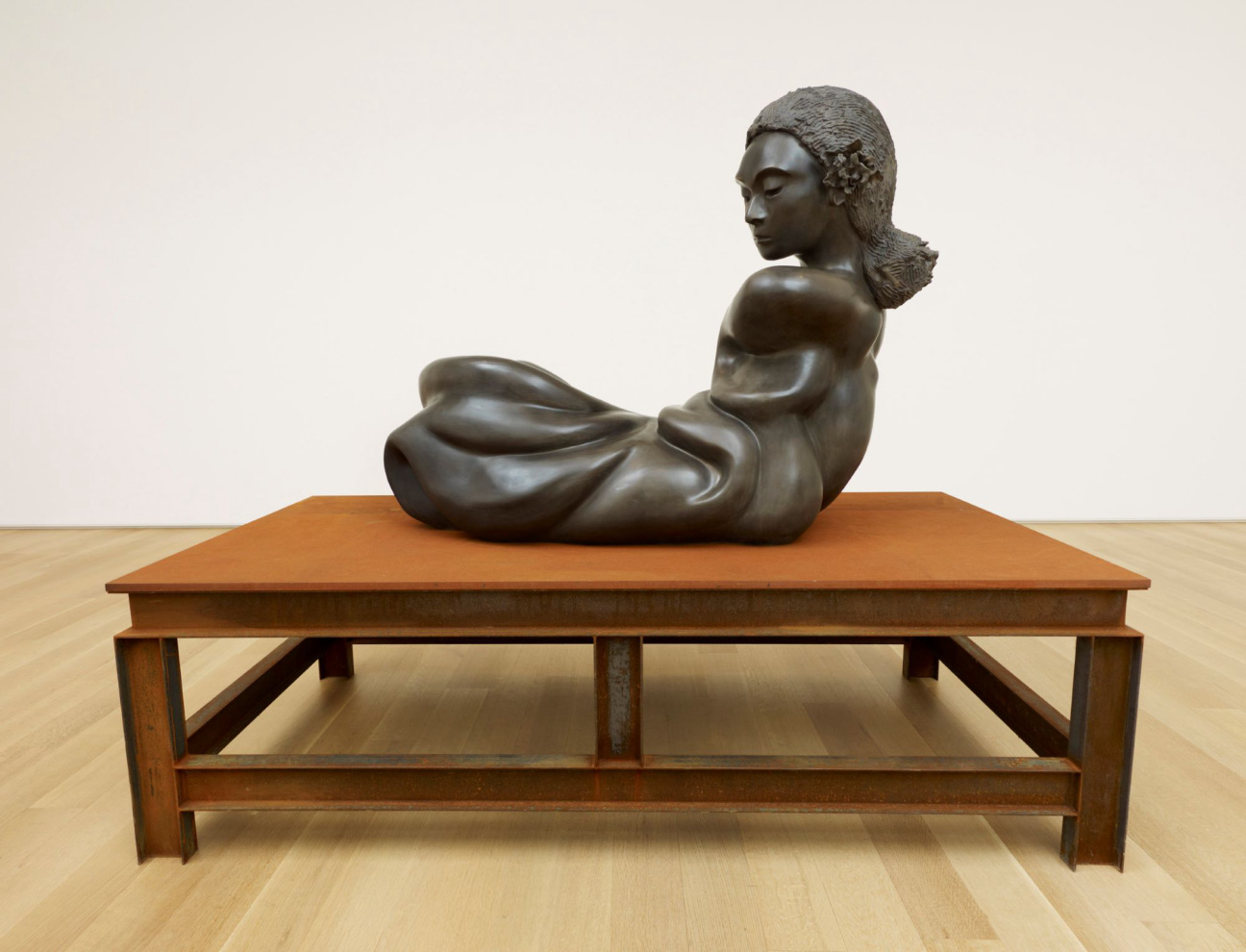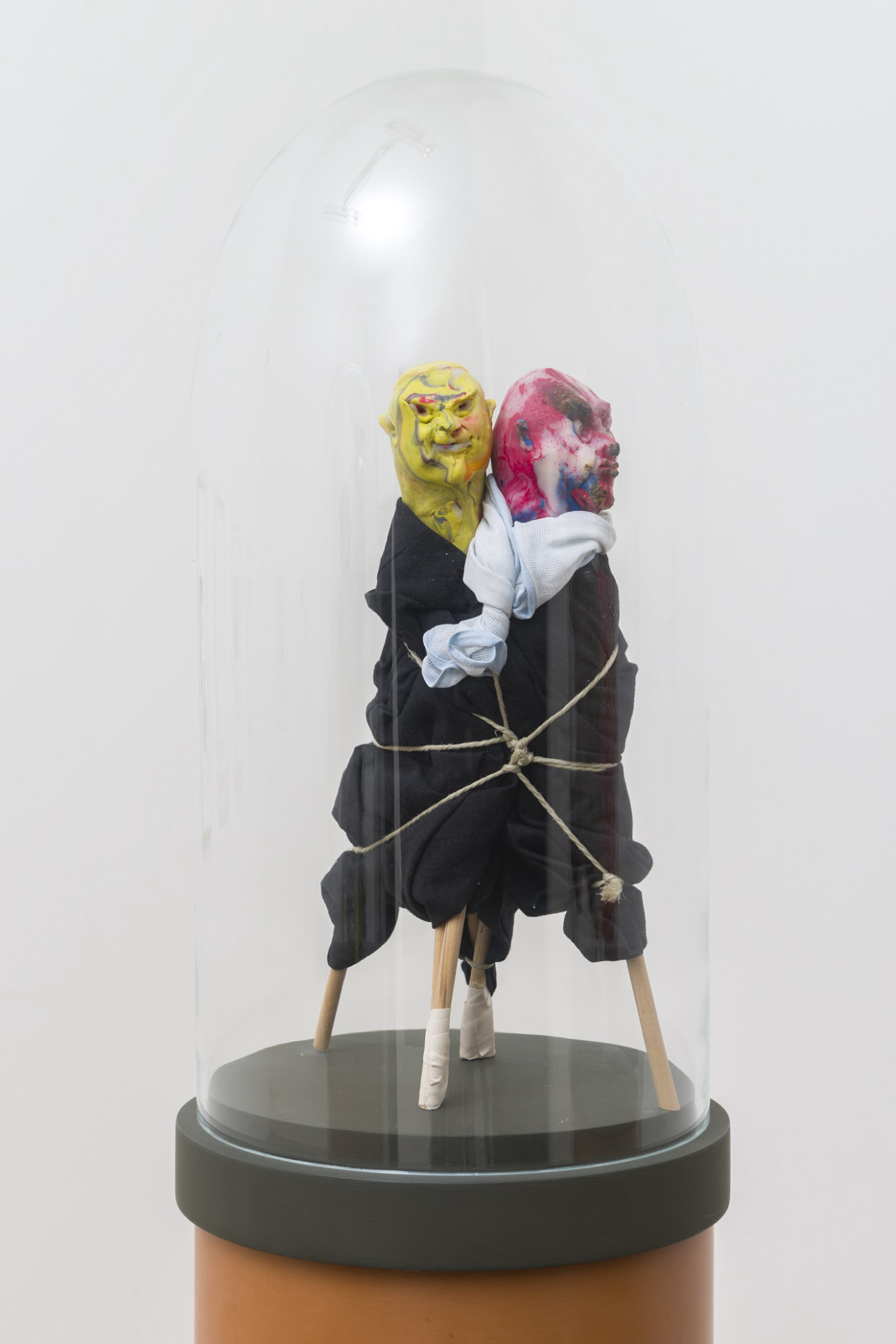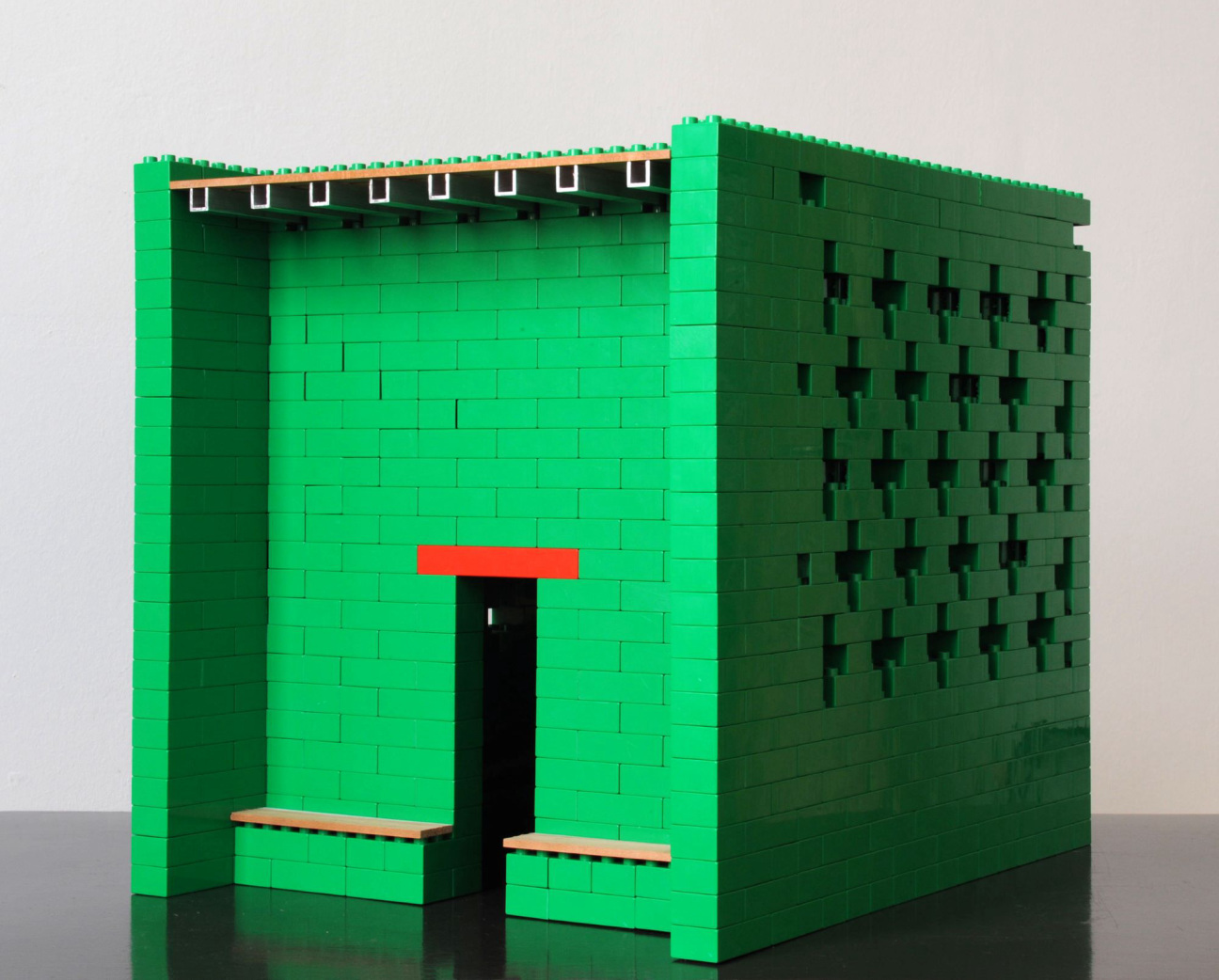
Photography by the Art Institute of Chicago / Art Resource, New York. All photography courtesy of Thomas Schütte, the Artists Rights Society, and VG Bild-Kunst, Bonn.
“He finds relevance in the least expected places,” says curator Paulina Pobocha of the German artist Thomas Schütte. “A Pringles potato chip balanced on a matchbook serves as a prototype for a museum … a diminutive, gnarled and grimacing figure becomes the embodiment of authoritarianism.” This fall, that very ingenuity is at the heart of a splashy retrospective of Schütte’s work that Pobocha organized at the Museum of Modern Art in New York.
The eponymous show, which opens on September 29, will be Schütte’s first survey at a U.S. museum in over two decades. “The exhibition marks 50 years of his practice,” Pobocha says. “Schütte’s work is topical but not reactive: Its urgency is compelling and broad, existing in time and outside of it.”

The Oldenburg native, now 69, came up alongside fellow German artists, like Katharina Fritsch and Isa Genzken, who were interested in pushing the zeitgeist away from minimalism and toward a more textured iconography. Even among this eminent group of artists, Schütte’s approach remains singular and allergic to categorization. “With ease, he moves from the foundry to the ceramic studio,” Pobocha notes. “One day he can be drafting plans for an imagined building, and the next, painting flowers or tomatoes in ink and watercolor.”

The elastic nature of Schütte’s oeuvre is emphasized in the show’s curation, which slaloms between the artist’s watercolor, drawing, print-making, architectural, and sculptural practices. Connoisseurs may have seen examples of the latter making rounds on the art fair circuit in recent years—bulbous, often grotesque figures molded out of ceramic, wax, or bronze that evoke a modern-day Honoré Daumier.
“He has given us so much to see, so much to consider,” says Pobocha, “with regard to art-making, but more importantly in how we, collectively, relate to the world, each other, and ourselves.”
"Thomas Schütte" is on view at the Museum of Modern Art. in New York from September 29 to January 18, 2025.










 in your life?
in your life?

